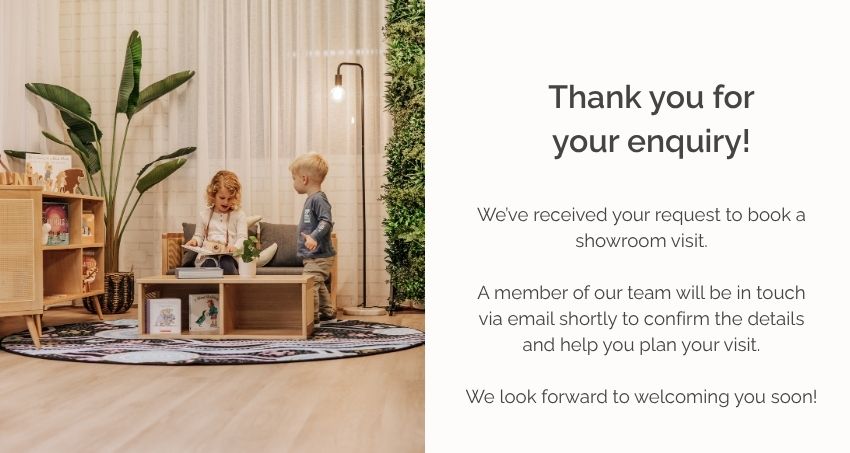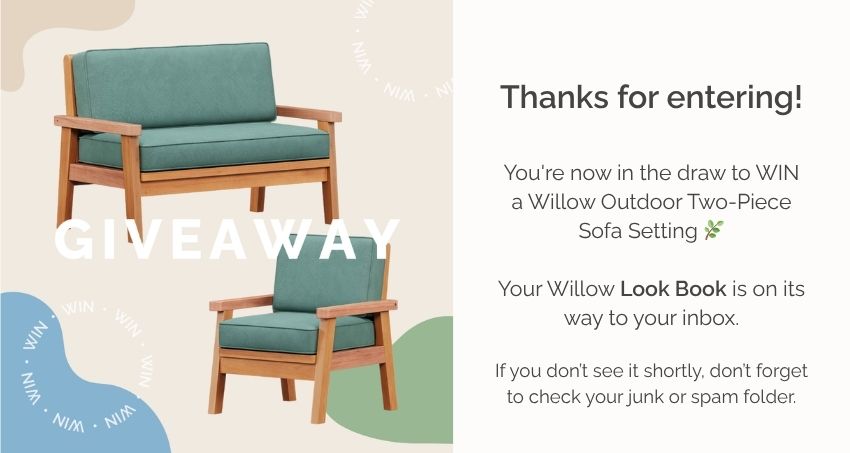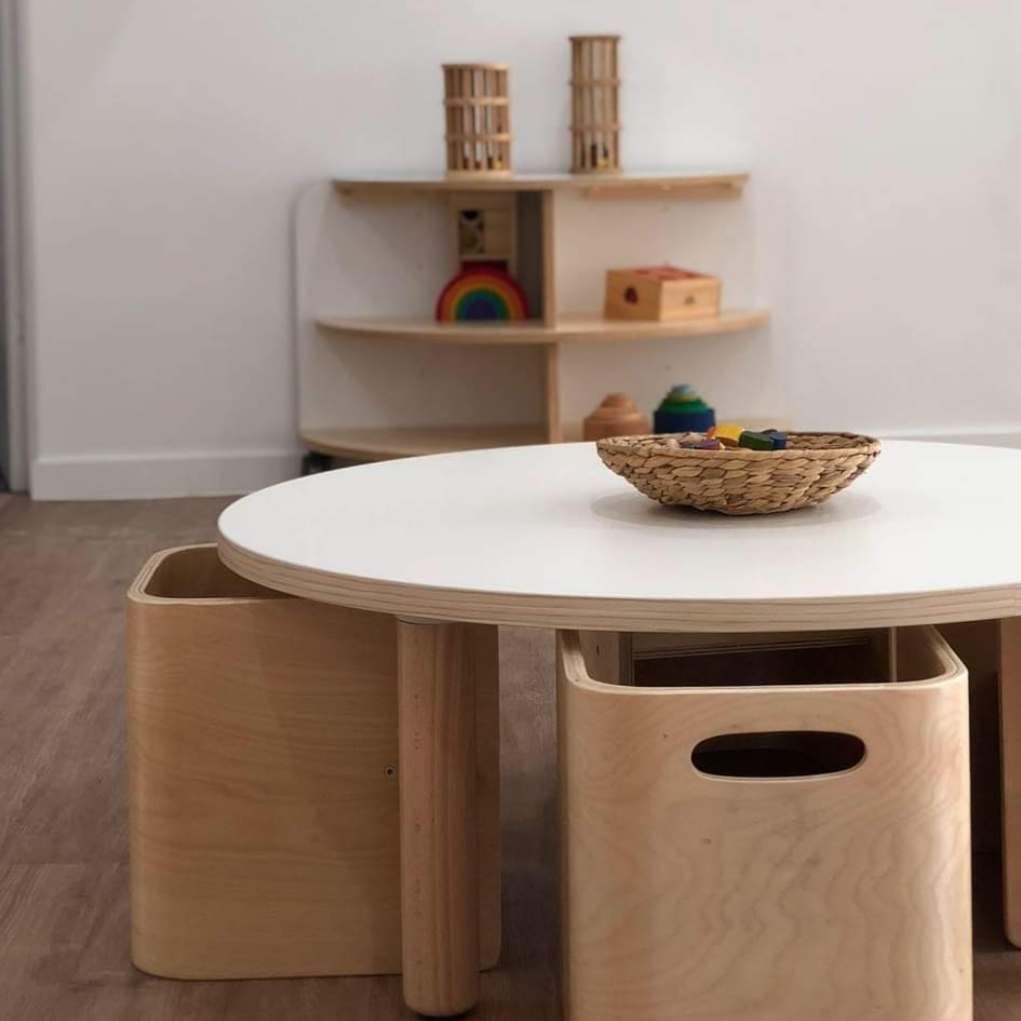
Your guide to a standout sensory room
Do you have a dedicated sensory room or space in your early learning environment? If you do, how have you approached it and what’s your rationale behind it? If you don’t, what’s been holding you back?
No matter where you’re at with your sensory room, we’ve put together this quick guide to give you some hints and ideas on creating a standout space.
The purpose of sensory rooms
Sensory rooms are a chance for children to explore, both in a group and individually, in an environment that encourages them to use their senses and enjoy different and possibly new experiences.
These spaces are a great way to help children relax and take them out of the everyday hustle and bustle that naturally occurs during a busy day of play.
What could you find in a sensory room?
As the name suggests, a sensory room should be a space for children to explore and become more familiar with their senses. Sensory rooms may be filled with mirrors, different coloured lights and light panels, music and tactile objects such as spiky balls or crinkly paper. The list is endless, really. If an object has the ability to stimulate one of the senses
Your sensory room and EYLF outcomes
As with everything you do, you want to approach your sensory room with purpose. A good reference point is taking EYLF outcomes into consideration. By taking this approach, not only are you ticking off your obligations as an educator, but you’re also creating a solid rationale behind your choices.
Children achieving a strong sense of wellbeing is arguably one of the most important outcomes to take into consideration when creating a sensory room. You want children to feel a sense of calm in these spaces so they’re comfortable to explore. Exploring leads to interacting with others, increasing a child’s social wellbeing. Feeling calm helps them to concentrate more, allowing them to soak in the sensory experience which is great for their emotional wellbeing.
Exploration is also the best way for children to feel connected with their world. Items that have a cause-and-effect element to them spark a sense of curiosity and an understanding of how things work, helping them feel more connected to the world around them. By learning how things work and feeling a sense of understanding and connection, children are more likely to contribute to the world around them – whether that’s encouraging others to explore, telling others about what they’re learning, or even finding new ways to utilise the items in your sensory room.
So, let’s get to the good part…picking your sensory room items
Now you know what you want to achieve through your sensory room, it’s time to select items that will work best for you and your vision.
The Sensory Mood Cube creates a warm atmosphere in any room, with 16 different colour options. We love how practical these cubes are – they’re light enough to easily move around and double as seating, great for creating a sense of warmth and comfort in your room.
Looking for some items to go with your Mood Cube that will add value to your sensory room? We’ve got this bundle available just for you.
Not only do these pebbles light up, they can also be stacked and rolled. This is the perfect resource for a smaller sensory room, if you’re wanting something with multiple uses. Children will enjoy experimenting with stacking the different sizes and matching the various colours. A must-have resource if you’re wanting
Create a corner in your sensory room for a bit of messy play! Messy play’s a great way for children to experiment and socialise. Make it an extra-special sensory experience by adding some textures such as this Sensory Magic Sand. For more messy play with a sensory twist, check out this fingerpaint – great for children to learn about colour, colour combination and the feel of the paint on different surfaces.
Who doesn’t love bubbles? This huge bubble tube doesn’t just look amazing – it’s great for encouraging calmness, concentration, mood regulation and colour recognition. The tube itself is smooth and cool to touch, providing tactile contrast for children to explore. Paired with the Sensotec Acrylic Mirror Panel, this certainly is a ‘wow’ feature for your sensory room.
Go on, get creating!
Now you’ve got some inspo and a clear idea of the outcomes you want to achieve, it’s time to get going on creating your sensory room.
If you need any more ideas, or if you’re looking for a full sensory room fit-out, get in touch with us here.











